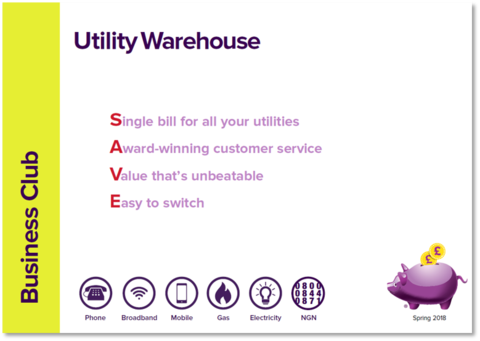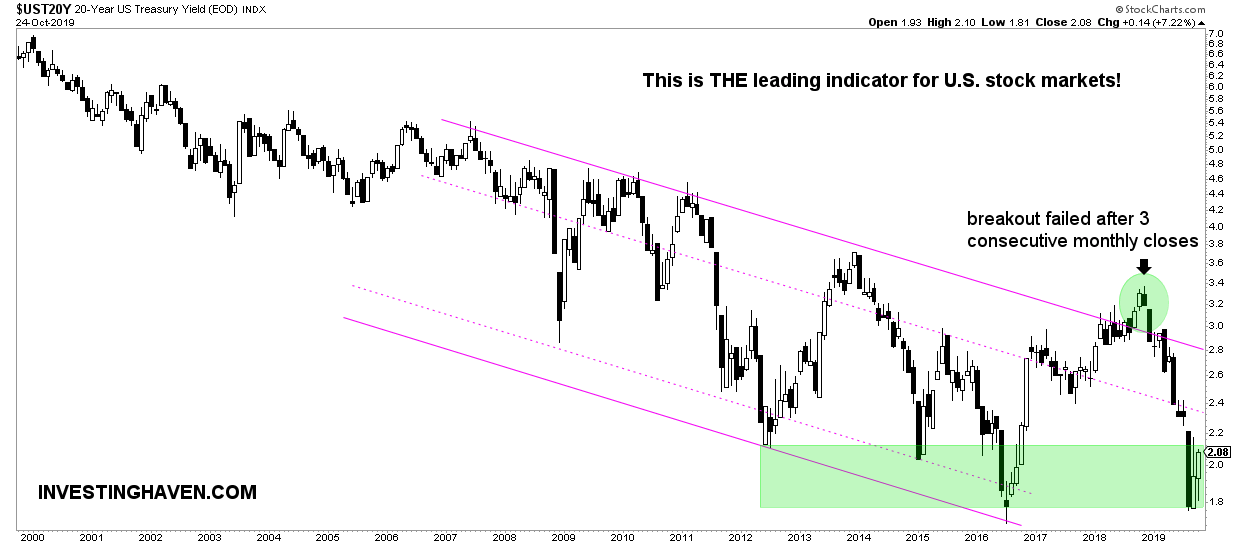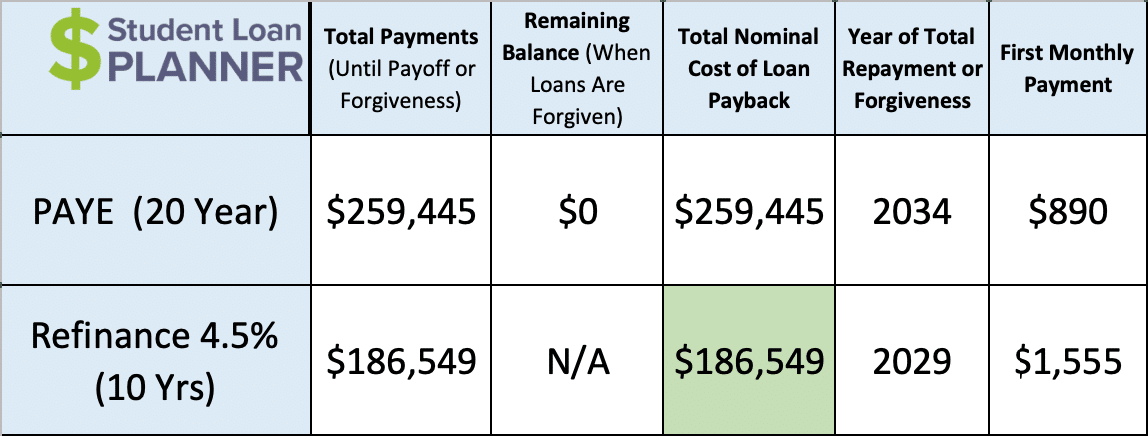

Liquid assets are those assets that one can easily convert into cash. Liquid assets are cash, investments like stocks, bonds and mutual funds. Liquidity makes sure that you have enough cash to fund your financial emergencies. Recent times like Covid-19 have taught a valuable lesson which is uncertainties in the world. There might be a medical emergency for which you need your funds overnight.
- The current ratio is calculated by dividing current assets by current liabilities.
- The high number of market participants, along with large trading volumes, ensure the fast disposal of the assets without significantly losing value.
- It may be difficult to assign a market value to an intangible asset because they are extremely illiquid in nature.
- One rule of thumb that financial gurus frequently advocate is having three to six months’ worth of spending of liquid assets in emergency reserves.
Stock broker is also required to disclose these client bank accounts to Stock Exchange. Hence, you are requested to use following client bank accounts only for the purpose of dealings in your trading account with us. The details of these client bank accounts are also displayed by Stock Exchanges on their website under “Know/ Locate your Stock Broker”. Liquidity is essential when considering your positions and ability to exit the market. It ensures you can swiftly get in and out of the market hassle-free. It plays an essential role in balancing your risk and returns and assists in easing out the complete selling process.
Interest earned on investment that has not been received is an example of accrued income. For running a successful small and medium business in India, you need more than just patience and dedication. A sound positive cash flow is an integral part to make a business successful. When unexpected needs arise against ones preparedness, many people turn to personal loans for help. Building scraps are the parts of a building that are left over after the house is built.
Liquid Assets Examples
Few examples of assets include land, buildings, cash and investments. When investing in non-financial assets, you should look for companies that may be holding intangible assets such as real estate and patents. Real estate assets are typically the most liquid asset class and are easy to invest in. However, they may not be as liquid as stocks and there may be less information about the asset.
The consolidated Liquid Assets are cash and such securities that can be readily subjected to cash conversion without the current liabilities. When it comes to instant Personal Loan interest rates or Business Loan interest rates, liquidity has a role to play. However, your credit score, monthly income, debt-to-income ratio, and credit history are the factors that impact the interest rates the most. If the business model is not generating any revenue, it could be a non-financial asset. For example, Granite Health is a network that helps people lose weight.

Furthermore, the details with regards to such investments are mentioned in the financial footnotes. Now, increase in the bad debt expense leads to increase in the allowance for doubtful accounts. Therefore, net realizable value of accounts receivable is calculated. Net realizable value of accounts receivable is nothing but the difference between gross receivables and allowance for doubtful debts.
The value of a liquid asset is less likely to increase with time. Inflation, which is defined as a gradual decline in purchasing power, impacts even liquid assets such as cash. Liquid assets are required to cover daily living expenses and address emergencies. However, as we all know, liquidity and liquid assets are not without their drawbacks. Is a one-of-a-kind real estate investing website that can assist you in locating suitable properties in Bangalore, Chennai, and Hyderabad.
TaxCloud (Direct Tax Software)
Furthermore, these securities include treasury bills, commercial paper and money market funds. Also, these securities readily trade in the market and the value of such securities can also be readily determined. If the company holds long-term or highly illiquid investments, it might also liquid asset examples lead to a less cash situation. This can minimize a company’s inability to direct funds to an investment. The cash is simply sitting in a form where it does not appreciate. Generally, liquid assets are traded on well-established markets with a large number of buyers and sellers.
What are common liquid assets?
The common liquid assets are stock, bonds, certificates of deposit, or shares. Liquid assets are different from non-liquid assets, such as property, vehicles, or jewelry, which can take longer to sell and may lose value in the sale. Liquid assets are perceived as being the most basic type of asset available.
However, it is also true that too much liquidity can harm the firm. As a result, organisations should maintain an optimal mix of stock and debt. Asset monetisation can be defined as a process where one form of asset or financial instrument is liquidity or converted into a different form. This is done to generate cash, pay off debt or finance operations, or do other business activities. Accounts receivables are the amounts that a company’s customers owe to it for the goods and services supplied by the company on credit.
Cash equivalents are money market assets with a maturity of fewer than 90 days . All types of investments, including stocks, money market funds, bonds, and mutual funds, are easily convertible to cash. In personal finance and financial planning, it is recommended to maintain an amount equal to six months’ expenses worth in liquid assets for emergencies. Experts say it makes sense to keep some portion of your emergency fund in hard cash at home. Savings bank accounts are easily accessible for urgent cash requirements too. In times of crises, emergency funds and liquid assets can really help.
Exchanged on an Exchange (ETFs)
A network is a group of people who do something, while a partnership is two people who do something. This is because the restaurant is not required to publish its financials. A business may not have to publish its financials because it has no revenue or it’s not generating any revenue. For example, if you opened a restaurant, you have no revenue, so you won’t have to publish financials. Wasting assets are those assets that deplete and extinguish with time and have a limited life span.
Anyone may easily recognise the line items for current assets and current obligations on a balance sheet. The current ratio is calculated by dividing current assets by current liabilities. Current assets are short-term assets that can be converted into cash within a financial year. These are usually recurring as they occur due to the day-to-day operations of a business.
The quick ratio subtracts the inventory from existing assets and divides the result by current liabilities. Those immediate financial obligations, health issues, accidents, deaths, or other such human life cycle contingencies will also require the disposal of liquid assets. The shares that are traded on big stock exchanges are usually found to be liquid. Therefore, owning a considerable pool of equity shares is a sign of liquidity in stocks for a particular individual or company. Cash is held to be the standard for liquidity as it can be converted to other assets most easily.
Stocks and bonds are both instances of liquid assets that can be sold in three days or less for cash. Fixed assets are excellent for accumulating wealth, but converting them to cash takes time. And, if you’re in a financial bind, hastening the procedure might be pricey.
Expert Assisted Services
Mutual funds, as well as ETFs, are usually considered liquid assets because shares can easily be sold for cash to a large pool of potential buyers. Investors can receive cash in a matter of days after selling their shares in a mutual fund. An asset is a valuable resource that a person or organisation can use or sell.
Is a car a liquid asset?
Is a car a liquid asset? No. Automobiles are not considered liquid assets, as they may take longer to sell, convert to cash and transfer ownership. Plus, they may lose value in the sale.
While ETFs are less risky than individual stocks and bonds, you may have to sell them at a loss if you require cash suddenly. The more easily an asset can be converted into cash, the more liquid it is. It’s straightforward to receive cash from a bank or credit union account by bank transfer or ATM withdrawal. Additionally, the lower the cost incurred to convert the instrument to cash, the more liquid the asset. Some assets have penalty or applicable exit load which adds to the cost for example mutual funds. The withdrawal restrictions imposed by banks or mutual funds can be catastrophic if you need the money for immediate use in an emergency.
It is computed by dividing the total liquid assets of the household by the total monthly expenses of the household. The cash ratio is the most straightforward and exacting out of all ratios. It strictly excludes other forms of liquid assets such as inventories, other current assets, and accounts receivable.
Please read all scheme related documents carefully before investing. A liquid bank account is that account that is not subject to any withdrawal restrictions or deductions. A current bank account and savings account is a liquid account as it can be used for regular transactions.
Precious metals can also be traded for cash through dealers in precious metals. Accessing your precious metals may be tricky, depending on where you store them. Certain assets, such as real estate, art, and jewellery, are exceedingly liquid, if not illiquid entirely. However, establishing the value of such assets and converting them to cash can be challenging.
Other liquid markets include commodities and secondary market debt. The stock market is a liquid market due to the large number of buyers and sellers, which makes it straightforward to convert stock prices to cash. Let us now try to see what exactly falls under the fixed assets category. Lenders will also look at your liquid net worth to determine whether or not to give you money. According to Cornerstone Mortgage, having a liquid net worth implies you’re more likely to be able to repay them. Liabilities have to be deducted from the assets to calculate liquid net worth.
It considers more liquid assets, including cash, accounts receivable, and marketable securities. Current assets, such as inventories and prepaid expenses, are excluded since they are less liquid. As a result, the quick ratio is a more accurate indicator of a company’s capacity to meet its short-term obligations. These can help you when you’re in a bind and prevent you from resorting to loans or credit cards to help get you through. Liquid assets differ from other assets in how quickly they can be converted into cash.
In comparison, other assets like certificates have a specific duration and maturity date. Intangible assets are thoughts or ideas that have a substantial amount of value. Examples of intangible assets are company intellectual property, brand recognition, goodwill, and reputation.
What are the 3 most liquid assets?
Examples of liquid assets.
Consider adding these assets to your portfolio, if they apply. Cash or currency: The cash you physically have on hand. Bank accounts: The money in your checking account or savings account. Accounts receivable: The money owed to your business by your customers.




